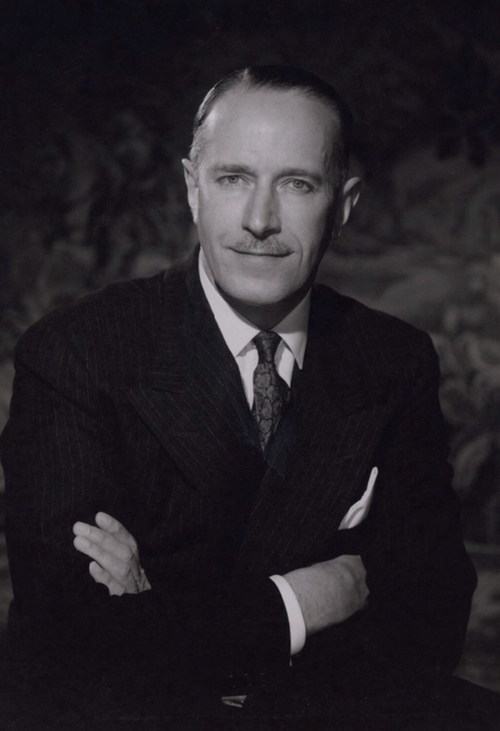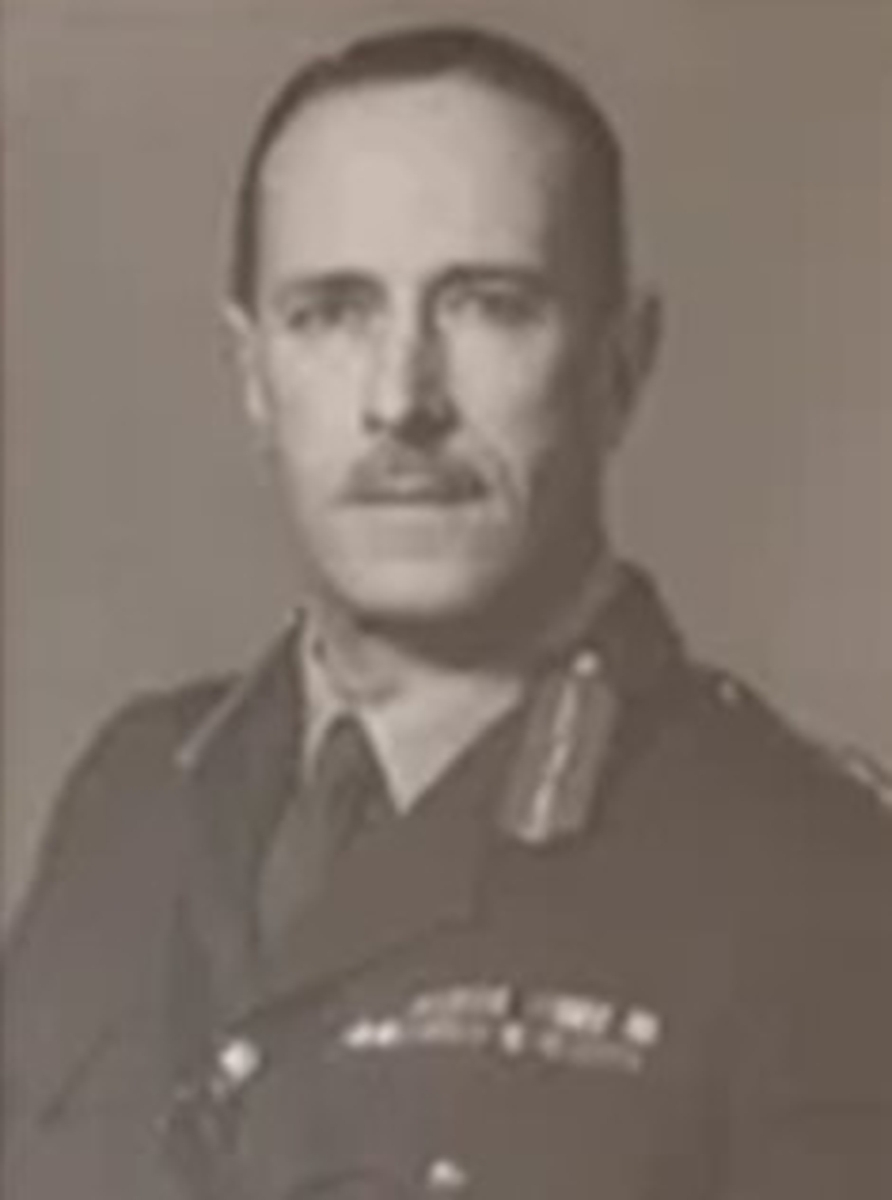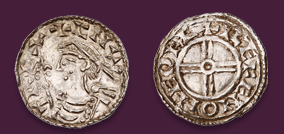Auction: 25003 - Orders, Decorations and Medals
Lot: 196
Sold by Order of a Direct Descendant
The 'Anzio Landings 1944' D.S.O., 'Italy 1945' O.B.E., Bronze Star group of nine awarded to Major-General E. N. K. Estcourt, 2nd Field Regiment, Royal Regiment of Artillery
Distinguished Service Order, silver-gilt and enamel; The Most Excellent Order of the British Empire, Officer's (O.B.E.) breast Badge, Military Division, silver-gilt; 1939-45 Star; Africa Star, 1st Army clasp; Italy Star; Defence and War Medals 1939-45; Coronation 1953; United States, Republic, Bronze Star, unnamed as issued, mounted as worn by Spink & Son, sold together with a riband bar for the last, light contact marks, overall very fine (9)
D.S.O. London Gazette 1 August 1944, the original recommendation states:
'Lt. Col. E.N.C. Estcourt has commanded the 2nd Field Regiment with the greatest distinction during it's [SIC] actions in the Anzio beachhead from the initial landing on 22 Jan 44 until 10 Mar 44 when he left the beachhead on appointment to the staff.
In the advance from the beachhead his personal skill was outstanding in the handling of his own Field Regiment and in addition as Comd of a Group of Artillery.
On the 30th January the 3rd Infantry Brigade attacked the high ground immediately south of Campoleone station and gained all it's [SIC] objectives The success of this operation was, to a large measure, attained through the excellent control of the Artillery by this Officer. Throughout the action his grasp of the situation was complete whilst his ability to make quick and accurate decisions was of inestimable value.
After the attack the 3rd Infantry Brigade held the position for 5 days and nights well in advance of the remainder of the Division. This officer never spared himself in the sound planning of the Artillery resources supporting the Brigade, with the result that the many attempts by the enemy at penetration were successfully thrown back. On the 4th February the Brigade was ordered to withdraw in broad daylight whilst still in close contact with the enemy on all sides. The fact that this successfully accomplished was due to the cool determination and skill of this officer.
On the 9th February the 3rd Infantry Brigade was committed to the attack to relieve the position on the Buon Riposo ridge. The attack was successfully carried through.
At one stage in the battle when vital communications were cut this officer with complete disregard for his own personal safety and in the face of very heavy enemy fire ran forward and made personal contact with one of this observation posts thereby receiving vital information which had a direct result on the course of this action.
Throughout all the period since the landing in the Anzio beachhead on the 22 Jan 44, the fine record of his Regiment was entirely due to the Commanding Officer's untiring devotion to duty at all times, which was the finest example of all.'
O.B.E. London Gazette 28 June 1945, the original citation states:
'…in recognition of gallant and distinguished services in Italy'
Bronze Star London Gazette 18 July 1947, the original citation states:
'…in recognition of distinguished services in the cause of the Allies.'
Edward Noel Keith Estcourt was born at Lahore on 17 December 1905, the son of Ernest and Beatrice Estcourt. His father was working in the Indian Civil Service at the time of his birth hence it occurred in India, however he was soon back in Britain. Attending Cheltenham College, he joined the Royal Military Academy at Woolwich being Commissioned 2nd Lieutenant on 3 September 1925.
Advanced Lieutenant on 3 September 1927, he served as Adjutant with 62nd (Northumbrian) Anti-Aircraft Brigade from 1 November 1936. Serving as a Captain while in the role he was confirmed in the rank on 1 April 1937 and remaining as Adjutant until 1 April 1939.
The outbreak of war saw Estcourt joining the Staff College, Camberley in 1940 and being advanced Major on 8 November 1941. At some stage appointed Commanding Officer of the 2nd Field Regiment he served in that role with the acting rank of Lieutenant-Colonel.
This unit had served in France in 1940 and was recovering in Britain at the time, not re-entering the war until March 1943 when they were posted to North Africa. Briefly seeing action as part of Operation Corkscrew, the capture of the vital island of Pantelleria the Regiment then returned to the Desert.
In January 1944 the Allies attempted an audacious landing at Anzio which was intended to draw German and Italian forces away from their defences on the Gustav Line. It was here that Estcourt won his D.S.O., for his inspirational leadership and personal bravery at the head of his unit. He is listed as wounded in action but remaining on duty on 8 February 1944.
Estcourt continued to serve with this unit during the drive on Rome after which he was appointed General Staff Officer Class I with 1st Infantry Division. In this capacity he continued to serve in Italy but also saw some service in Greece. Towards the end of the war, he was transferred to the 4th Infantry Division in the same role.
With the conflict finished he was advanced Colonel and posted to Klagenfurt, Austria, monitoring the movement of refugees over the Italian Border. Promoted temporary Brigadier on 31 December 1951, Estcourt was appointed Deputy Director of Military Operations, War Office on 1951-1955 and confirmed in the rank of Brigadier on 1 January 1955.
Appointed Deputy Commandant, Nato Defence College, Paris from 1955-1957, he was advanced Temporary Major-General for his final role as Commandant between 3 January - 30 May 1958. He retired whilst remaining a part of the Reserve of Officers on 27 July 1958 with the rank of Honorary Major-General and went on to work as Principal, Ashridge College between 1958-1962.
Finally retiring from the Reserve of Officers on 17 December 1963 Estcourt died on 26 May 1982 in Oxfordshire; sold together with copied research.
Subject to 20% VAT on Buyer’s Premium. For more information please view Terms and Conditions for Buyers.
Estimate
£1,500 to £2,000
Starting price
£1200









